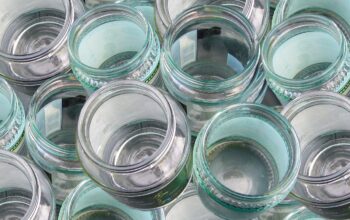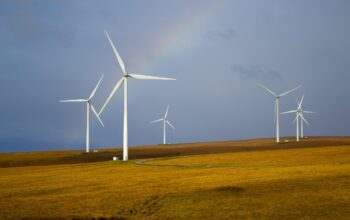In 2025, art and environmental sustainability are weaving together into a vibrant tapestry of creativity and activism.
Why This Matters Now We live in a world facing climate change, rising waste, and biodiversity loss. Artists aren’t just observers—they’re change-makers using their craft to spotlight pressing ecological issues and inspire solutions.
Art as an Environmental Conversation Starter Leading artists and collectives like John Gerrard and Extinction Rebellion have been creating immersive installations that call attention to climate urgency. By blending storytelling with impactful visuals, these works make complex environmental challenges relatable, sparking dialogue among audiences who might otherwise feel distant from these global issues.
At the same time, artists like Pekka Niittyvirta and Leandro Erlich critique humanity’s toll on nature with striking images, pushing viewers to rethink how we coexist with the planet.
Eco-Friendly Innovation on Display Taking it a step further, some creatives are transforming waste into beauty. For example, researchers at Virginia Tech developed a toolkit that turns leftover fruits and vegetables into watercolor paints. This method isn’t just clever—it actively reduces waste while encouraging young artists to think about sustainability.
Similarly, the Farnsworth Art Museum in Maine has unveiled a massive mural that celebrates the dynamic life of the Gulf of Maine’s ecosystems, connecting art, science, and nature in one breathtaking display.
Technology and Sustainability Hand in Hand Digital and tech-driven art practices are evolving, too. Tools like AI, augmented reality, and interactive installations enable artists to expand their environmental messages beyond traditional formats — creating hybrid art that’s both informative and experiential.
Design Teams Think Zero-Waste In the world of graphic design, 2025 trends focus on zero-waste principles. Designers are crafting flexible templates and using print-on-demand to avoid leftover materials, balancing creativity with responsible resource use.
Vintage Meets Sustainable Style Another fascinating trend is mixing vintage decor with sustainable design. This approach not only reduces waste but brings character and timelessness to interiors, showing that protecting the planet can also be stylish and culturally rich.
What This Means for Everyday Life These artistic endeavors aren’t just for galleries or museums—they influence how people think and act about sustainability in their own homes and communities. From choosing eco-friendly materials to embracing technology that reduces waste, art is lighting the way forward.
In a Nutshell:
- Artists use immersive visuals to communicate climate issues.
- Innovations like compost-based paint empower sustainable creativity.
- Emerging tech fuses with art to deepen environmental impact.
- Design trends promote zero-waste workflows.
- Vintage styles combine with sustainability to create meaningful spaces.
Ultimately, 2025’s environmental art scene is more than decoration—it’s a powerful force driving awareness and action towards a greener future through creativity and collaboration.
So next time you catch a mural or see a unique recycled art piece, remember: it’s not just beautiful, it’s part of a bigger movement for our planet’s health.
References:
- https://zarastro.art/contemporary-art-trends-2025/
- https://www.smalltownbigarts.com/blog
- https://mainehomedesign.com/design-wire/design-wire-july-2025/
- https://www.mdpi.com/2071-1050/17/13/6145
- https://venngage.com/blog/graphic-design-trends/
- https://www.cambridge.org/core/journals/global-sustainability/article/earth4all-scenarios-human-wellbeing-on-a-finite-planet-towards-2100/72AA234348FD84005D03365524560288
- https://juglana.com/blogs/juglanas-stories/mixing-vintage-charm-with-sustainable-style-in-2025
- https://pmc.ncbi.nlm.nih.gov/articles/PMC12217793/



